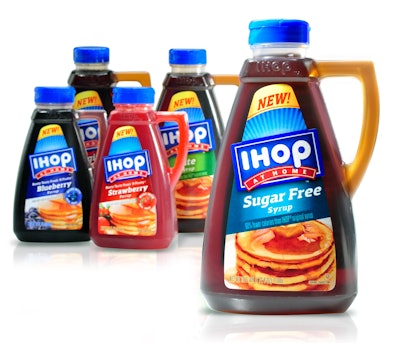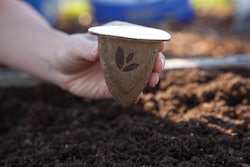Whether or not to invest in one is a complicated equation. Before you even get that far, it’s important to know what roles prototyping should play at each stage of the design process.
1. When do you need prototyping? Are you trying to get consumer feedback? Are you trying to ascertain technical viability? Or is it for internal use only? Are you looking for rapid prototypes to provide better internal communication and consensus? Or are you trying to test a new packaging shape on production, labeling, or filling lines?
2. Where are you in the design process? Early in design exploration, you probably don’t need prototypes. Sketches and rough mockups actually have advantages over prototypes in that they can filter through more ideas in shorter time—and separate the wheat from the chaff. What you can learn, and what is the most efficient way to learn it, is different at each stage of the design process. Having the appropriate tactile stimuli for testing each use context is a learned art.
3. How can you make the process efficient? Ask a lot of questions up front. Determine the objective of the particular prototype that your staff or a client is requesting. Always start with solid shapes because they are less expensive and will allow you to explore the basic feel of products and packages. Hold off on high-end functionality until you narrow down the options to a few strong possibilities.
4. Is it a visual or a functional prototype? There’s a pretty easy line to draw between a “visual” prototype and a “functional” prototype. However, many customers expect the first prototypes to be both “looks-like” and “works-like,” which is almost always not reasonable. Visual prototypes can be used for sales presentations or photography, but functional attributes should be tested with unpainted durable materials such as SLA, SLS, Objet, or Starch models.
5. What design elements can you get the best feedback on? One of the best prototyping contexts is using hollow shapes to explore the basic hand-feel and balance of the package. Will it pour with a good, ergonomic balance for the consumer? How will the balance change as the contents of the package become less? As the design is refined, you will want to test how efficiently it runs on filling or labeling lines.
6. Be aware of time-consuming pitfalls. The most common pitfalls are too little, too late, and too much, too soon. Too little, too late means you could have worked out some design issues earlier in the process with prototypes that elicited better feedback. Too much, too soon means you wasted time and money on design prototypes that weren’t viable, and you could have learned the same lessons another way.
7. Explore customization and management SKU platform. Prototyping for brands with many SKUs or extension lines can help explore customization options that remain under a single brand or product umbrella. You can maximize the versatility of the flagship product by creating a platform that’s easily extendable—before production begins.
8. Tighten up the specs. Confirm the tight fit of packages with actual product and accurate packaging prototypes. Test all the ways that a product could be dispensed from the package. Ask for accountability and assurance that production packages will fall within tight specifications. To confirm that the package will work on filling and labeling lines, an accurate and cost-effective option is one-up aluminum prototyping.
9. Outline a timeline of development. Sometimes speed to market wins, and companies will go with the first design that works. Those instances are the exceptions to the rule. More often, many iterations are required to satisfy all the performance requirements a package must meet along the supply chain.
10. Know the limitations. Realize that a prototype won’t let you completely understand the package in every detail. Only actual production samples are production level. The squeezability of a plastic container is still very difficult to replicate physically with a prototype. Computer software can often help in such cases, as well as designing for top-load strength.
11. Manage expectations. Any sample in circulation should be production-capable, so always ask. It’s not worth the headache and frustration to entertain a design that can’t be produced. Explain to all stakeholders that fast prototyping doesn’t mean faster production. It’s critical to still build in the appropriate lead time in actual pre-production, which doesn’t necessarily change once you have a prototype in hand.
Liked this article? Download the entire playbook here.


























